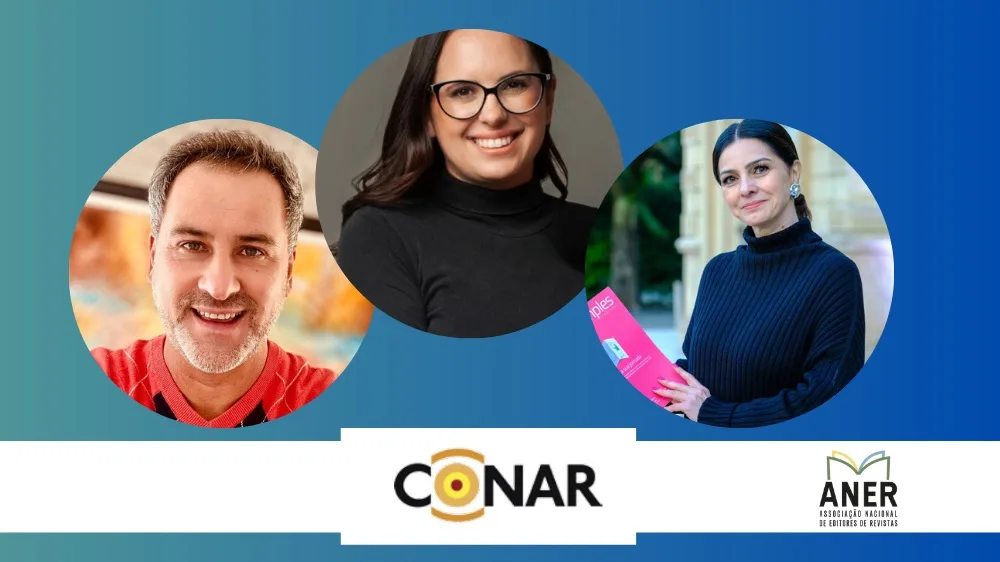How Young People Consume News and the Implications for Mainstream Media
REUTERS INSTITUTE – SETEMBRO/2019
Younger audiences are different from older groups not just in what they do, but in their core attitudes in terms of what they want from the news. Young people are primarily driven by progress and enjoyment in their lives, and this translates into what they look for in news.
They still need and want news to connect their world to the world – and fulfil an array of different social and personal needs – but they don’t necessarily see the traditional media as the best or only way to do that. News media is now competing for attention with myriad other distractions, and there is a high level of ‘background’ or ‘indirect’ exposure to news (through social media, other online conversations, documentaries and TV shows, etc.). They don’t need to seek it out, news comes to them. Finally, much of the excitement and gravitas for younger people is on the periphery of the news space (infotainment, lifestyle, cultural, grassroots, bloggers and vloggers).
All this means there is a disconnect; traditional news media no longer seems as relevant or as dominant when it comes to news content. In a simplified way, how news brands and young people view the role and value of news is different:
- Traditional news brands see news as: what you should know.
- Young audiences see news as: what you should know (to an extent), but also what is useful to know, what is interesting to know, and what is fun to know.
And the role of news for young people appears primarily individualistic; it’s about what it can do for them as individuals – rather than for society as a whole. While it’s true that the industry is moving towards producing more content of this kind, most traditional news brands are still not associated with being useful, interesting or fun.
The study also revealed that the differences in the relationships young people have with the news depend on three key areas: the moment, the person and the medium. Four key news moments (dedicated, updated, time-filler, and intercepted) are described in detail, as are four types of news consumer (Heritage News Consumers, Dedicated News Devotees, Passive News Absorbers, and Proactive News Lovers). The impact of the various media is also investigated, revealing key roles, usage, pros and cons of platforms including Instagram, Facebook, Twitter, Reddit and podcasts.
Lastly, exploring areas of interest for the industry revealed a number of attitudes towards the news, including an overarching finding that consuming news can often feel like a chore.
Even if the media adopts the suggestions outlined in this report, there is no guarantee of success. Our segmentation work suggests that a significant proportion of young people in the US and UK will be hard to engage given their low interest in news. Building brand loyalty with these more ‘passive’ groups will be tough, though it is possible that they will become more engaged as they take on greater responsibility and enter a different life-stage. But other groups like the News Devotees and Heritage Consumers, and to an extent the Proactive News Lovers, offer more opportunities to build dedicated and direct moments for news as well as an ongoing connection throughout the day.
Achieving this will require a relentless focus on the needs of younger audiences but also a deep understanding
of the motivations that underpin behaviour. We hope this report will contribute to this process.
Veja aqui o estudo na íntegra.
Report commissioned by the Reuters Institute, authored by Flamingo


